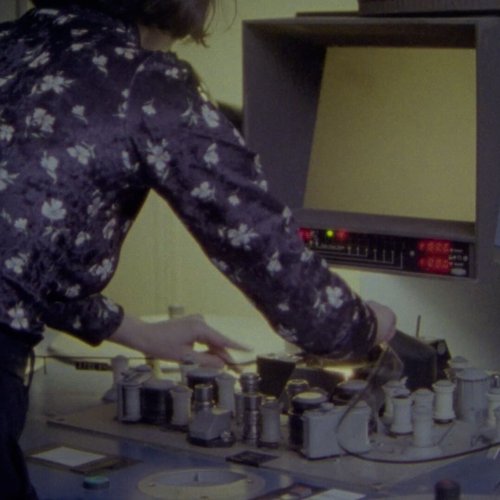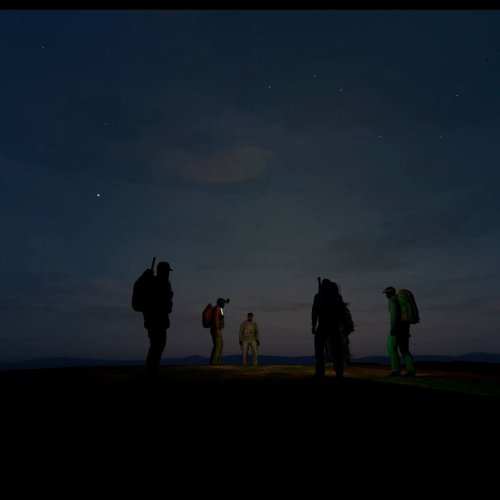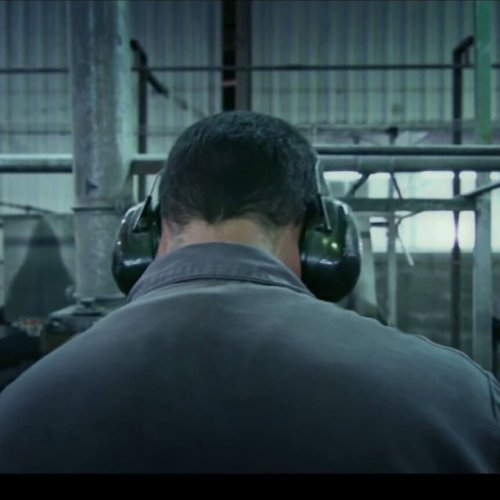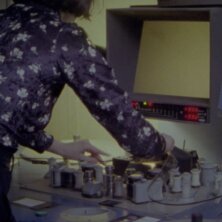Editing
INTINERARY
3
Creation in documentary filmmaking is a continuous and open process in each of its phases. The final cut of the film closes with the rewriting that takes place in the editing, so its importance is decisive. As in other itineraries, there are different practices and methodologies, depending both on the type of film and the filmmakers who carry them out. Likewise, editing is complemented by image and sound post-production processes -color, graphics, VFX, sound ambience, music, mixing-, which must add coherent expressive layers to the film, intensifying the aesthetic-artistic proposal.
- dirección
- montaje
- color
- grafismo
- diseño sonoro
- mezcla y música
Scriptwriting for documentary films ends in the editing room. At this point, the filmed material or compiled archive has become unique, and it must be revealed as new material in order for the film to be completed. Thus, viewing and listening to the material, step-by-step rewriting in editing, and the dialogue between images and sounds allow us to create various versions of the film that evolve over time. The process that leads to the final cut is undoubtedly laborious and complicated.
Images and sounds revealed: watching and listening to the material
- How do you prepare the editing?
- Do you watch the material and take notes, or are the selected shots already being shot?
- Do you revise or write after the viewings?
- How do you modify your vision of the film?
- Can you explain some experiences of your filmmaking practice at this stage of the process?
Rewriting in the editing room: structure, rhythm and cutting.
- How do you approach the rewriting process in the editing room?
- Do you start from a script on paper, do you edit sequence by sequence, do you first approach specific sequences that are clear to you, or do you start from a general structure?
- How do you relate to the editor-scriptwriter?
- How do you work with the cut shot by shot?
- How do you approach the rhythm of specific sequences?
- How have your films changed in the editing?
- Can you give us some examples?
Dialogues between image and sound
- How is the relationship between sound and image in your films?
- Do you work first with image and then with sound, both at the same time, or first with sound and then with image?
- In the case of the archive image, what specific sound treatment does it receive?
- How do you work with the color or graphics of your film?
- How do you write the voiceover in relation to the rest of the elements?
- How do you approach sound design or ambience?
- What role does music play in your filmmaking practice?
- How do you articulate silences or pauses?
The final cut: sharing the film
- How do you get to know what the final cut is?
- Do you share it with a few people you trust or with part of the crew?
- How do you establish a dialogue with the producers at this stage?
- Any examples or experiences in your films?
During post-production, the image montage is amplified at various levels. On the one hand, the second phase of photo design involves colour correction and grading. Light and colour interact as aesthetic elements to reinforce the film’s intended message. Similarly, the graphic elements and the use of visual effects (VFX) must enhance the expressiveness of the work without distorting it.
The film's colour design
- When do you decide on the film's colour treatment: before, during, or after filming? Is this a work in progress?
- How do you communicate with the director, director of photography, and colourist?
- Can you give examples of the aesthetic approach to colour in your films?
The incorporation of effects (VFX) and graphic elements
- What visual effects (VFX) have you used in your films?
- How do they fit with the film's content and aesthetics?
- How do you design the graphics for your film, such as posters, labels, and drawings?
- How do you communicate with your graphic designer? Examples of your practices?
Conforming and Mastering: Final Decisions
- What other technical aspects of the film are crucial to your filmmaking?
- How do the team's workflows impact the creative process?
As with the image, the second phase of sound design closes with post-production. This design includes sound ambience, voice interpretation, and the use of a musical soundtrack or sound effects to enhance editing work. Finally, the mixes provide the subtlety of the sound planes or layers, as well as the film’s sensory dimension.
Voice Design: Final Writing and Performance
- How do you approach the sound design of the voice-over?
- How do you write it, in the script or in the editing?
- How do you assess its relationship with the image?
- How do you approach the interpretation of the reading, whether with an interpreter, a character, or the filmmaker themselves?
Building the Sound ambience
- How do you approach the creative process of sound design?
- Do you plan it during editing, or do you leave it for post-production?
- What is the process of listening to recorded materials, searching for archival sounds, or using Foley?
- How important is the ambience in your films?
Relationships between Music and Image
- What role does music play in your films? Does it depend on the film, or do you have certain rules or preferences?
- Is the music in your head from the moment you write it, or do you think about it or discover it later?
- If you work with a composer, what is that relationship like? How do you think about the music in relation to the image or editing?
Mixing: Formats, Flows, and Technical Aspects
- How do you creatively assess the mixing process?
- How do your films evolve during the mixing process?
- Do certain elements emphasise meaning, or do you redefine aspects like soundscapes?
- How does the system (stereo, 5.1, etc.) influence this creative process?








